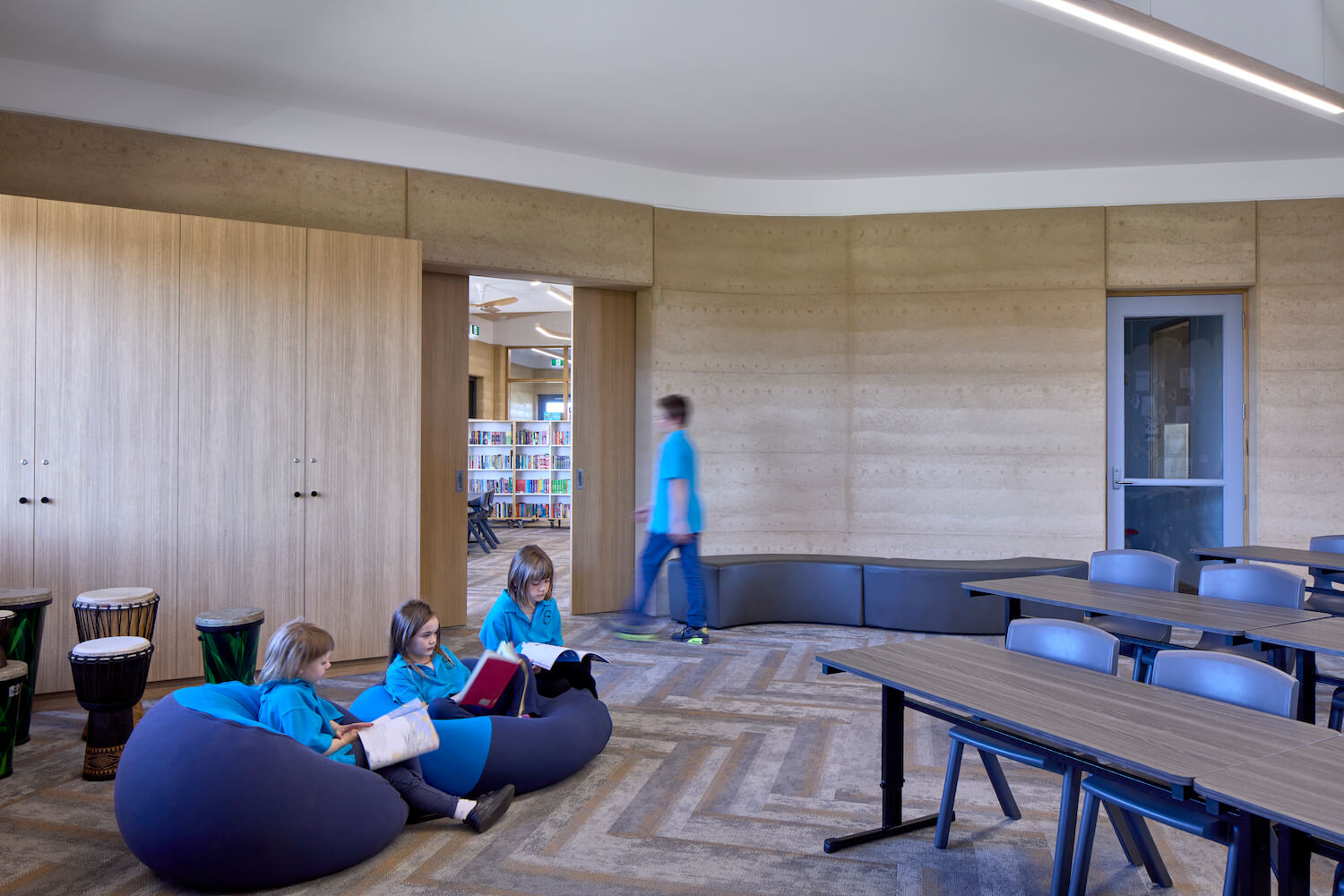In 21st Century classrooms, furniture needs to be designed and arranged to fit the curriculum and the curriculum is calling for collaborative learning with a student led approach.
New ‘project learning’ approaches that encourages students to problem solve in small groups mandates dynamic classroom configurations with maximum flexibility.
Where classrooms were traditionally designed in the shape of a square or rectangle with permanent furniture, flexibility now dictates, and whilst no one classroom design will accommodate all academic activities, classroom design needs to promote various learning activities within the space. Mobile furniture that can be quickly and easily reconfigured allows students to do the rearrangement minimising non-learning time.
Space planning with arrangements that increase interaction, both student to student and student to teacher, need to be carefully considered as the physical setting can increase a student’s motivation to learn. Always ensure floor space is not cramped, suits the number of students using it and supports the learning activity taking place. Giving students control over their space produces the best outcomes, as does allowing free space to use for various functions, adapted to the project at hand as student’s problem solve differently and will be most successful doing so in a space that works best for them.

Casey Grammar
When thinking about the type of furniture, always consider ergonomics for comfort as it greatly improves concentration. Furniture choice can increase motivation, encourage creativity and promote collaboration so it’s important to think it through and make the right choice.
As well as choosing the right furniture and ensuring it is flexible and comfortable enough to encourage collaborative work, other considerations include resource storage. Books, materials and supporting tools that are stored with mobility become easily and instantly accessible to support problem solving.
Digital resources need to be carefully planned for.
Technology, due to its constantly changing nature needs to be incorporated with future changes in mind. At a minimum, power and charging points need to be accommodated for to allow students instant access to digital resources.
VE Furniture’s educational range supports agile learning with mobility, flipping tables, stackable chairs, bean bags and soft furnishing ranges and with built in power to suit a variety of learning activities and styles.


/Buzz%20Chair/BUZ004-SFX.jpg)